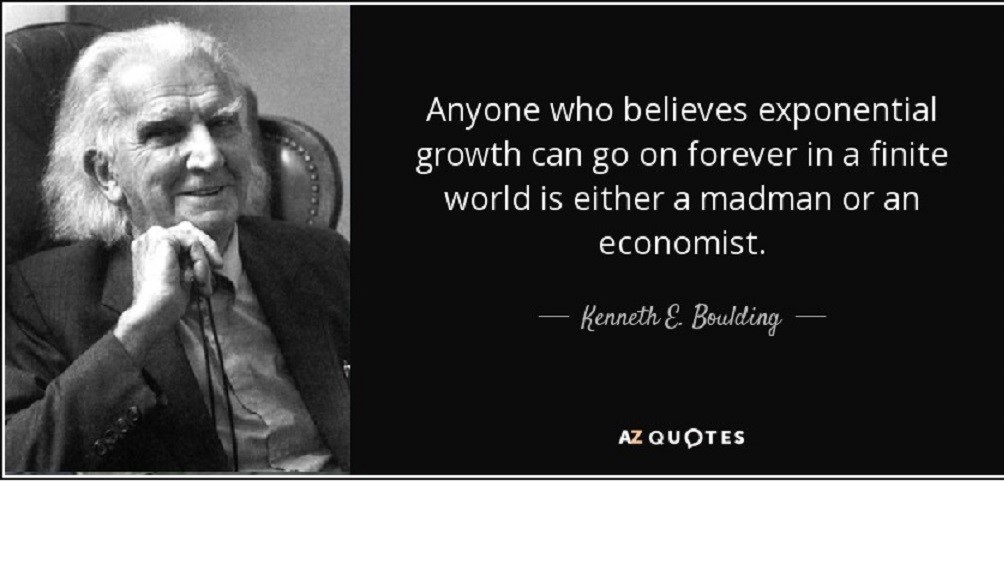2. Population Growth Models

What will you learn in this lecture:
- To understand how and why geometric, exponential and logistic growth models are used to predict changes in population size.
- To know the assumptions behind these models and how they can be expanded by relaxing their assumptions.
- To understand why absolute prediction of future population size is impossible for some organisms.
Enrolled students of fall 2025 should watch this lecture before September 16.
What questions should you be able to answer now?
- What are the differences between models for descrete generations and continous reproduction? How do they differ in their assumptions and underlying mathematics?
- How can we remove the assumption of unlimited growth?
- What population dynamics can we get with different intrinsic rates of growth?
- How does a Strange Attractor represent 'constrained randomness' and how do they show that exact prediction is often impossible?
Useful links and materials:
Chapter 9 in: Krebs, Charles J. Ecology: The Experimental Analysis of Distribution and Abundance.
Featured image: And the odd thing, of course, is that carrying capacity is easy to incorporate into mathematical models! Kenneth Ewart Boulding was an economist, educator, peace activist, and interdisciplinary philosopher. He was also one of the fathers of Complexity Science.